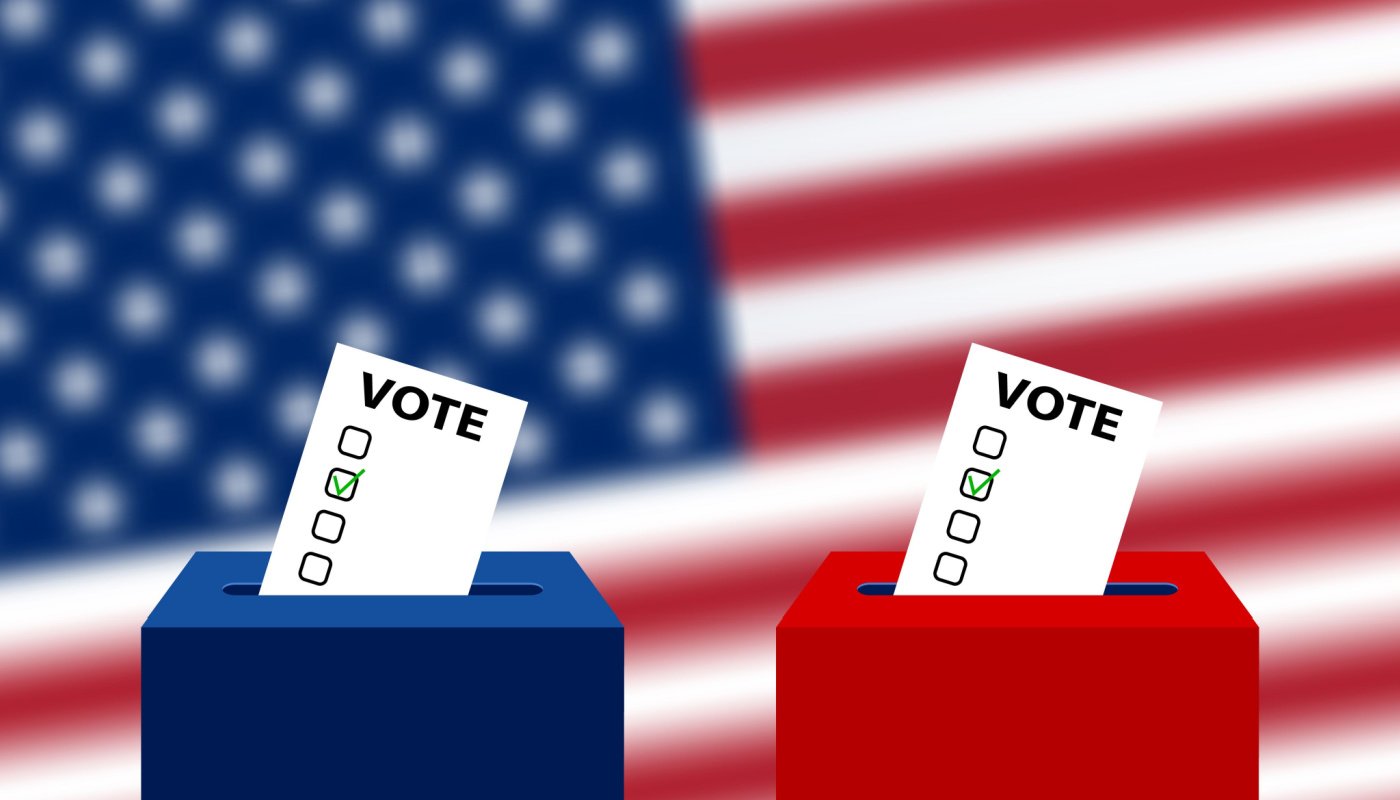 If you’ve been following the SiteSeer blog for a while, you might recall a post we wrote this time six years ago. It was not long after the 2016 Presidential election, and Hilary Clinton had just lost to Donald Trump…despite what the polls said leading up to the election.
If you’ve been following the SiteSeer blog for a while, you might recall a post we wrote this time six years ago. It was not long after the 2016 Presidential election, and Hilary Clinton had just lost to Donald Trump…despite what the polls said leading up to the election.
Here we are, two weeks past the Nov. 8, 2022, midterm elections, and there’s some familiar talk out there. A large “red wave” that was predicted to occur ended up being more like a “red ripple,” with Democrats faring better than expected. Although Georgia's Senate race goes to a runoff December 6th, even a Republican win there results in a 50-50 U.S. Senate split, which gives Vice President Kamala Harris the tie-breaking vote in all simple majority votes. Republicans took over the U.S. House of Representatives, but again, the Democrats won many of the midterm races that Republicans were expected to win.
Some have gone so far as to claim that the pollsters got the election wrong again, while others claim that their surveys released leading up to Election Day were mostly accurate. Many seem to land somewhere in the middle of those two stances, feeling that while polling performance was overall spotty, some polls were fairly accurate.
Lessons in Data Accuracy and Measurement
As people in the business of analyzing data, our take at SiteSeer is that data is useful for making decisions and predictions…but it isn’t perfect. Election polls aren’t perfect either, and are a poignant real-world example for those of us in site selection and market analytics of why it’s important to use data appropriately and analyze it while incorporating other factors.
Here are a few lessons we can learn from what we’re all seeing in the news right now:
Data is subject to error (yes, even high-quality data purchased from reliable data providers).
Pollsters rely upon data collected through surveys, but data is never perfect. Polls are intended to offer a snapshot of where voters stand at any given time rather than a 100% accurate prediction (which isn’t even possible). In our industry, the same can be said for the data that powers SiteSeer. The information you can get out of SiteSeer can help you make informed decisions, but the data you use in your analysis should be combined with other information, including your own judgment and experience.
Too often, people rely too much on data.
The 2016 Presidential election is a great example of this. As we all know now, the data collection leading up to that election was problematic, leading to pollsters predicting a landslide victory for Hilary Clinton when in fact the opposite happened. Our advice on using data to make good business (and site selection) decisions has always been the same:- Use data that is relevant for what you are seeking to learn or understand.
- The “hot” new data source can be valuable, but it doesn’t make another data source obsolete. Cell phone data has a lot of merit, but so does survey data—which you use depends on what you’re trying to learn. And often, using multiple type of data is best for your analysis.
- When analyzing data, the “garbage in, garbage out” rule applies. Free or inexpensive data is often free or cheap for a reason. If you rely on outdated, infrequently updated or incomplete data to analyze anything (in this context, a market you’re considering opening your next site or a site you’re considering leasing), your forecasting models will not be as accurate as they could be.
Bad assumptions about competition can throw off any analysis.
Misunderstanding or misjudging a competitor and that competitor’s customers can totally botch a forecast model. The same goes for pollsters “forecasting” election results. Media influence and personal bias can be powerful and cause political analysts to dismiss or completely write off candidates who in fact are serious competition.
A final point about data analytics: there are always going to be market factors and competitive factors that come into play that you as the “analyst” didn’t see coming. Some variables are not predictable, and there will always be unknowns.
So, when it comes to using a tool like SiteSeer to make smarter site selection decisions and create accurate forecasts, it’s important to recognize that the best approach is to use quality data and factor in what you do know to minimize your risk of making bad, costly location decisions.
SiteSeer is Data Agnostic
While we can power the SiteSeer platform with any data source, we are happy to guide you as well about what to look for in the data you use in your analytics platform and what might be best for the decisions you’re trying to make. Educate yourself about the data sources you reply upon and how that data is reported to you as the consumer. Call us to learn more about our data partners and how our tools can help you analyze your customer, competitive, location and other data to answer market research and site selection questions.


